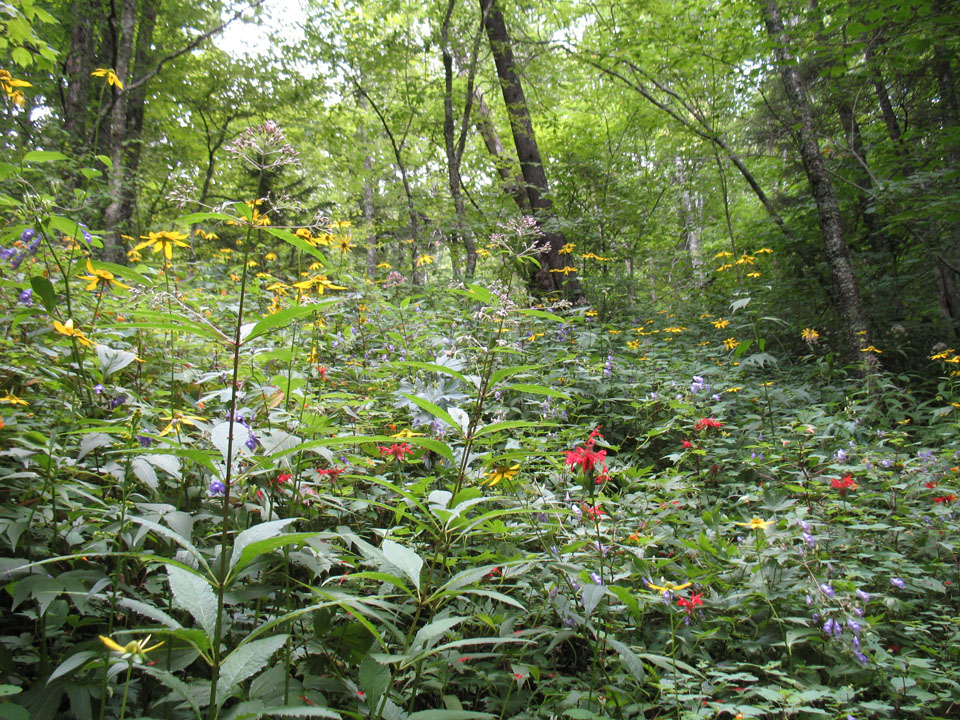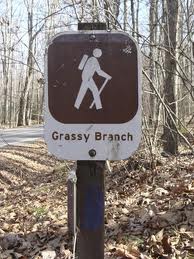For those of you looking for a way to get to the Appalachian trail, but would like to get a bit further into the Smokies backcountry beforehand, the Hughes Ridge Trail is an excellent way to begin your trek to the AT. In all, it’s a 5 mile trail, though you will forced to hike 5 miles before you reach it. If you’re a wildflower enthusiast, it’s totally worth the trip during those ripe spring months.
To get there, you’ll take Newfound Gap Road from Gatlinburg to the Smokemont Campground. Just past the ranger station you’ll find the trailhead for the Bradley Creek Trail which you’ll take for 1.1 miles until it intersects with the Chasteen Creek Trail. Stay on it for 4.1 miles until you reach the Hughes Ridge Trail.
Along the Hughes Ridge Trail, hikers will make their way from the very top of the Chasteen Creek Trail to Pecks Corner at the Appalachian Trail. This area was home to numerous pioneer families as well as a number of Cherokee Indian families before the land was went into the hands of the government and became a part of the Great Smoky Mountains National Park.
Starting out on the trail, you should quickly become aware that this is prime wildflower country, especially in the spring. Flame azalea and mountain laurel are just two species people come looking for, camera in hand, or backpack.
Hikers pass the junction with the Enloe Creek Trail before descending the Hughes Ridge Trail, then rising again through a ridge covered with red spruce and other species typically found in the higher elevations of the Smoky Mountains like Catawba rhododendron.
Once you reach the 2.5 mile mark, the junction with the Bradley Fork Trail, the continues along what is described as a wide jeep track. It’s a rocky go as you begin the hike uphill. It eventually reaches a beautiful ridge top.
At mile 4.3 a utility shack can be seen along the trail before continuing through the spruce forest and climbing to the Appalachian Trail at Pecks Corner.
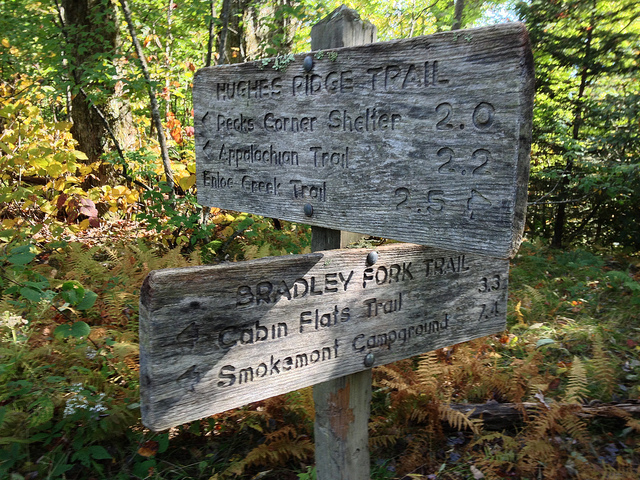

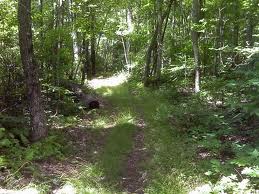
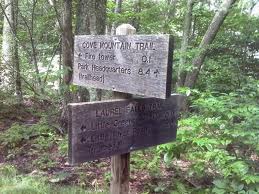 Continuing along the trail, Double Gourd Branch tumbles and rolls across the trail and onward through the mountains . Keeping walking, you’ve got at least another 8 miles of climbing ahead of you. The trail will come to parallel Dry Pond Branch before you reach an actual backyard at 1.5 miles and the park boundary.
Continuing along the trail, Double Gourd Branch tumbles and rolls across the trail and onward through the mountains . Keeping walking, you’ve got at least another 8 miles of climbing ahead of you. The trail will come to parallel Dry Pond Branch before you reach an actual backyard at 1.5 miles and the park boundary.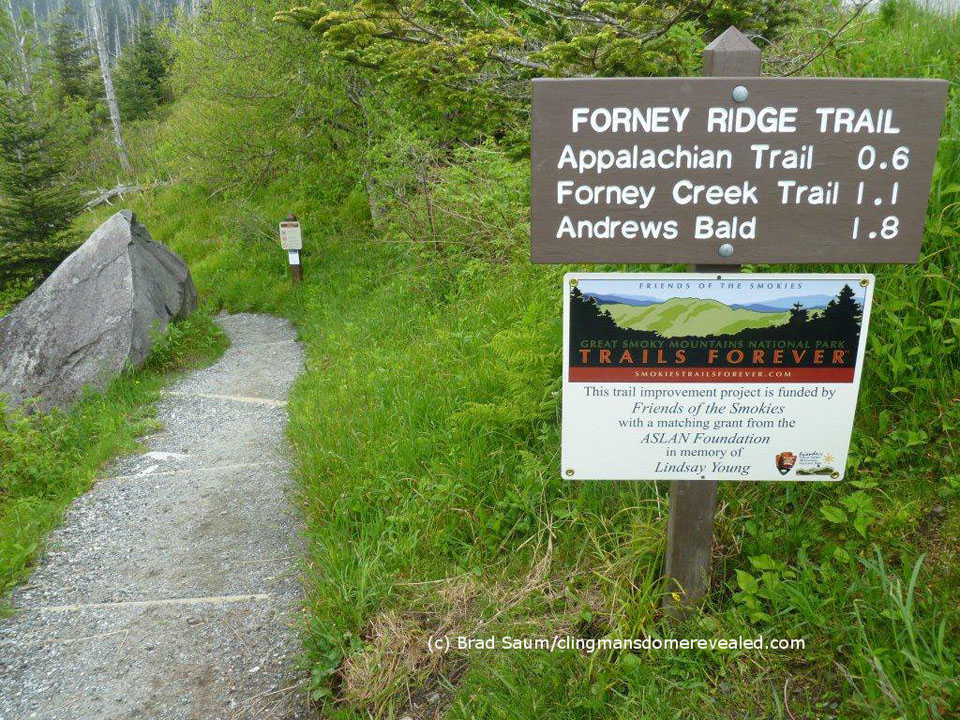
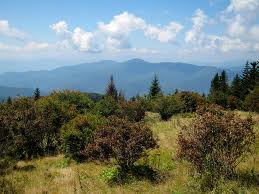 For the most part, the Forney Ridge Trail is a downhill hike for 5.6 miles and travels from the Clingmans Dome parking area all the way to the Springhouse Branch Trail. And while it is a downhill hike, it’s a steep and rocky one. So, prepare yourself accordingly with the right footwear.
For the most part, the Forney Ridge Trail is a downhill hike for 5.6 miles and travels from the Clingmans Dome parking area all the way to the Springhouse Branch Trail. And while it is a downhill hike, it’s a steep and rocky one. So, prepare yourself accordingly with the right footwear.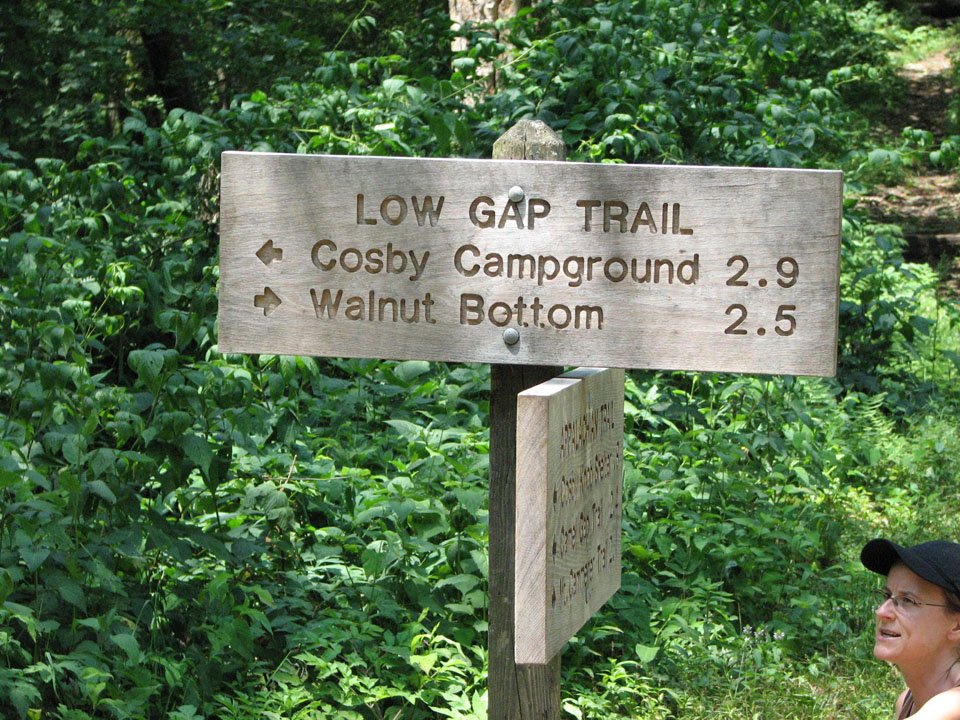
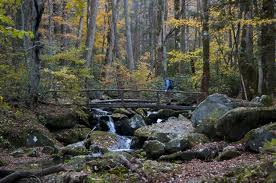
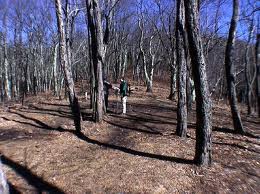 At mile 2.2, the trails meets the intersection with Thomas Divide at Deeplow Gap. Descending the divide’s eastern slope, you’ll cross by way of a foot log over Little Creek and come to the top of Little Creek Falls at 2.9 miles. You’ll descend to the base of the falls where it cascades over 95 feet to its majestic ending below. Another foot log crosses the bottom of Little Creek where you’re bound to get sprayed just a bit depending on the wind.
At mile 2.2, the trails meets the intersection with Thomas Divide at Deeplow Gap. Descending the divide’s eastern slope, you’ll cross by way of a foot log over Little Creek and come to the top of Little Creek Falls at 2.9 miles. You’ll descend to the base of the falls where it cascades over 95 feet to its majestic ending below. Another foot log crosses the bottom of Little Creek where you’re bound to get sprayed just a bit depending on the wind.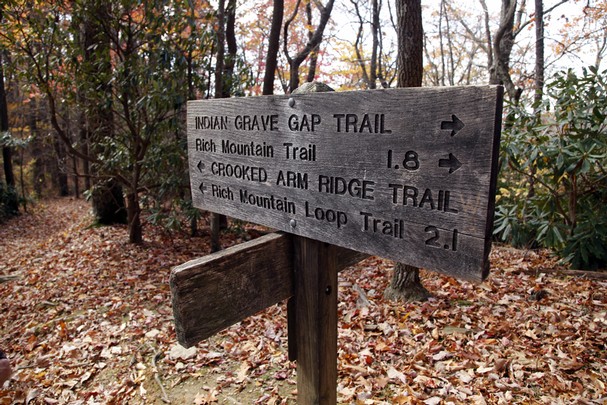
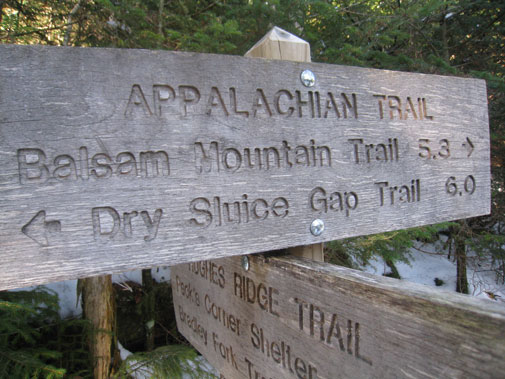


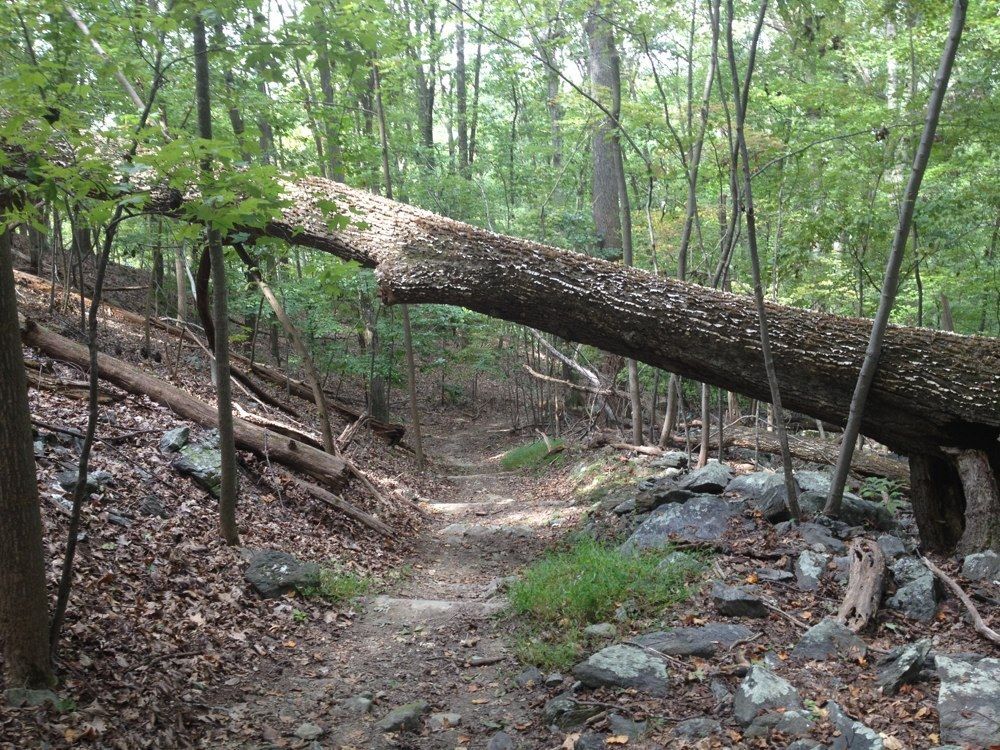
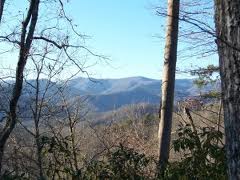 Located on the North Carolina side of the Smokies, the Goldmine Loop Trail is a 2-mile trail that begins at its junction with the Lakeshore Trail and ends at its intersection with the Tunnel Bypass Trail. Highlights include its meeting point with backcountry campsite No. 67, access to Fontana Lake, and a few old homesteads located along the trail.
Located on the North Carolina side of the Smokies, the Goldmine Loop Trail is a 2-mile trail that begins at its junction with the Lakeshore Trail and ends at its intersection with the Tunnel Bypass Trail. Highlights include its meeting point with backcountry campsite No. 67, access to Fontana Lake, and a few old homesteads located along the trail.
